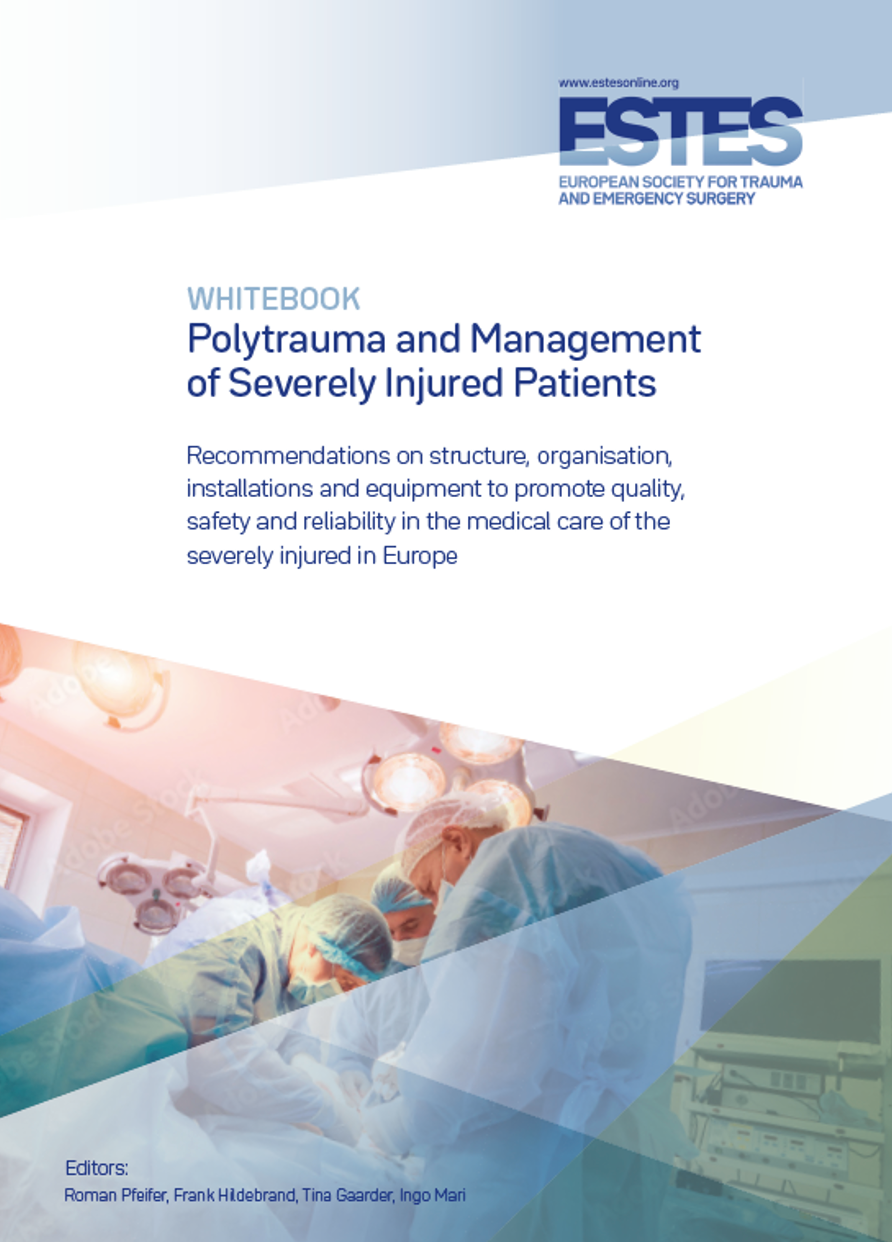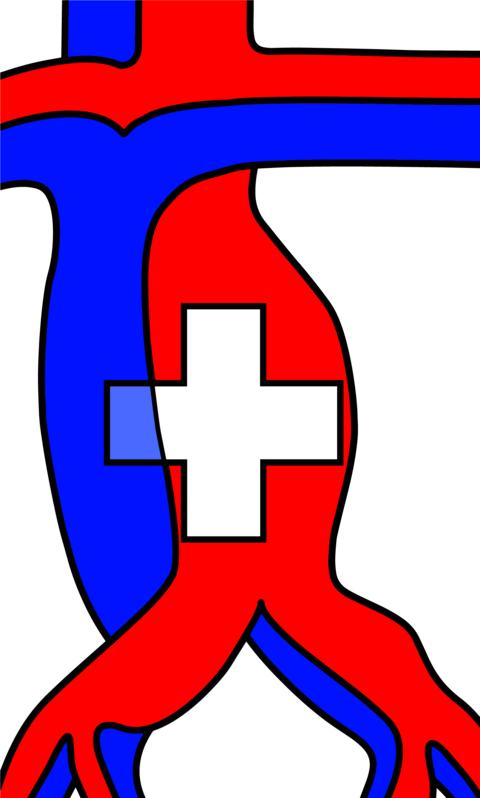Trauma is a leading cause of death and disability across Europe, especially among young people in their most productive years. Each year, approximately 5 million people require hospitalization due to severe injuries, and trauma accounts for 8% of all deaths in the EU. The economic burden is immense €80 billion in direct medical costs and €180 billion in indirect costs annually.
To address this urgent public health issue, the European Society for Trauma and Emergency Surgery (ESTES) developed this White Book as a unified framework for improving trauma care across diverse healthcare systems. It offers evidence-based recommendations for organizing and delivering high-quality trauma services while remaining adaptable to different national contexts.
Trauma care in Europe varies widely due to historical, geographic, and economic factors. Differences exist in pre-hospital systems, hospital networks, workforce training, and quality assurance. Yet, the goal is universal: every trauma patient deserves access to optimal care, regardless of location.
Key areas addressed include:
– Organizing trauma networks and centers
– Defining staff roles and qualifications
– Setting infrastructure and equipment standards
– Promoting quality assurance and outcome tracking
– Establishing research priorities and training frameworks
The White Book provides clear guidance for multiple stakeholders:
– Clinicians: best practices for trauma care delivery
– Administrators: resource and organizational planning
– Policymakers: evidence-based planning tools
– Educators: core competencies for training
–Researchers: key areas for investigation
–European institutions: a roadmap for standardization
In light of current healthcare challenges—including rising costs, aging populations, and crisis preparedness—this White Book serves as both a guide and a call to action. It reflects a shared vision for advancing trauma care through cooperation, innovation, and commitment to excellence.
By adopting these recommendations, European nations can strengthen their trauma systems and ensure high-quality care for all patients, regardless of where or how they are injured.










